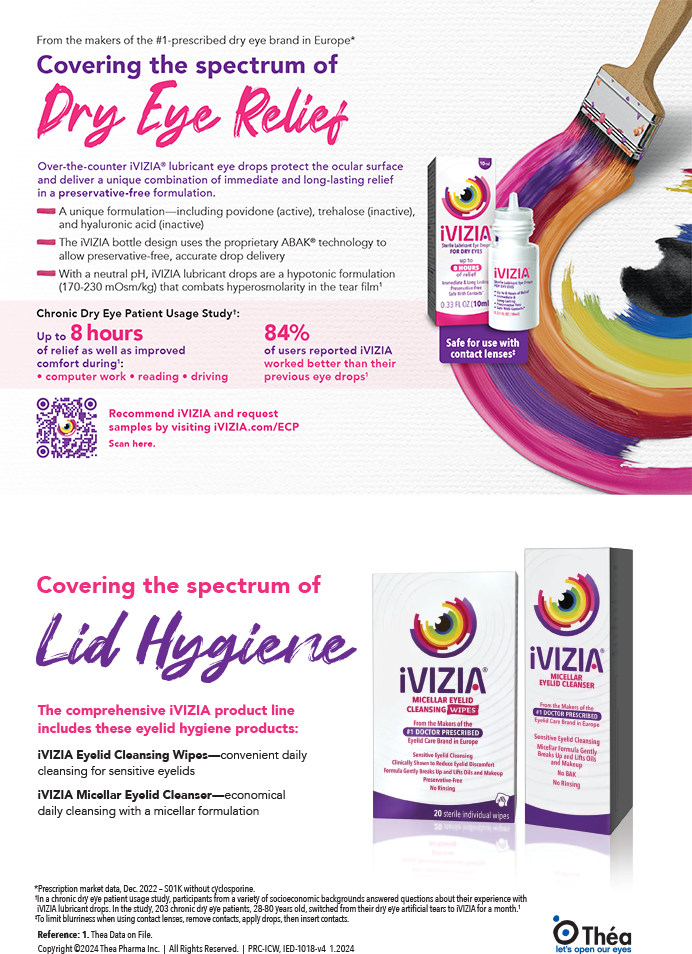Up Front | Jul 2002
5 Questions With Steve Arshinoff, MD
Dr. Steve Arshinoff is a pioneer not only in the use of OVDs, but also in various unique outreach programs.
Steve Arshinoff, MD
Tell us about your work in ophthalmic outreach programs. I am involved in a number of outreach programs, including one that attempts to modernize cataract surgery in India, by helping the country deal with an overwhelming amount of cataract patients. But the program of which I am most proud is the Ontario Medical Association-Canadian National Institute for the Blind Eye Van, a mobile unit that enables us to deliver ophthalmic care at the same level as any major North American center to the most remote regions of Northern Ontario. I am the program's medical director, and in 1989, I designed a tractor trailer for use with the program, and expanded our capabilities to the extent that we have treated everything from refractions to brain tumors successfully.
How did you become involved with OVDs? Over the years, my research has focused on problems in ophthalmic surgery, which I feel will eventually be solved by applications of a basic science such as physics. My education was very strong in basic sciences, and I have always felt that many of the problems we have in delivering care to patients rest in the fact that we often understand the molecular biology, and we see the tissue effects of disease, but the steps in between are unclear. Consequently, our treatment often remains empirical. At the 1978 AAO meeting, I told a friend about the difficult IOL implantations I had seen, and he talked about his work in trying to bring Healon to the market as an effective surgical tool. Since that day, I have been fascinated by the problems of designing and evaluating viscoelastics.
How have you adapted viscoelastics for use in cataract surgery? Cataract surgery is merely a special case in the science of rheology, the study of the flow behavior of materials. The anterior chamber is too small for us to insert retractors and perform surgery in the traditional fashion. We therefore rely on the flow properties of various fluids to control the environment for us. The greater our understanding of rheology, the better we can perform as cataract surgeons. The soft shell technique and the ultimate soft shell technique, which are based on these properties, were a giant step forward for me in my research.
Once it is available, how will IVisc Phaco impact ophthalmology in the US? IVisc Phaco, also sold as BD Multivisc or Microvisc Phaco in other markets, is the newest viscoadaptive. It is two and a half times as viscous as Healon5 at zero shear, and represents our desire to move toward greater stability in our surgery. There will undoubtedly be more viscoadaptives, as well as techniques to enhance their use. Every time a new device appears on the world markets, surgeons learn to make adjustments in their techniques to enhance its benefits. When these devices become available in the US, the evolution will accelerate. Many surgeons will have the opportunity to use and understand viscoadaptives, and therefore contribute to our evolving knowledge.
What has been your most exciting moment as an ophthalmologist? My most exciting moment was when I accepted my first video award for the soft shell technique at the ASCRS Film Festival in 1996. It was not only receiving the award, but the public recognition by academic ophthalmology that my 15 years of work in OVDs was of value to all ophthalmologists. This rekindled my drive to move forward with other ideas and research plans with OVDs, as I knew the world was now listening.


